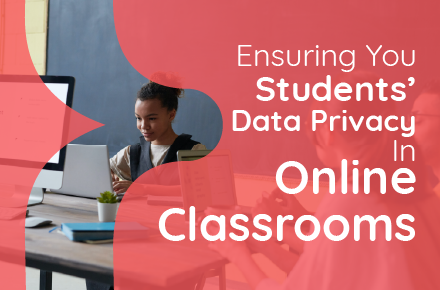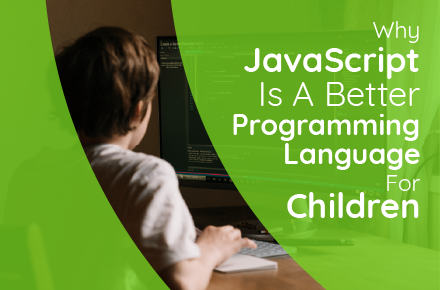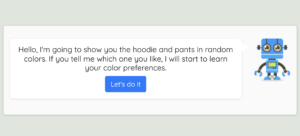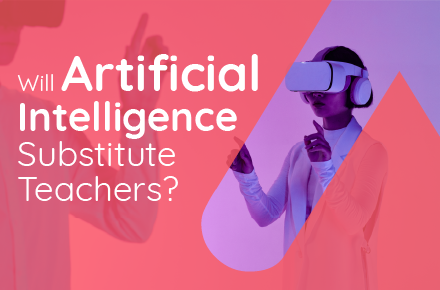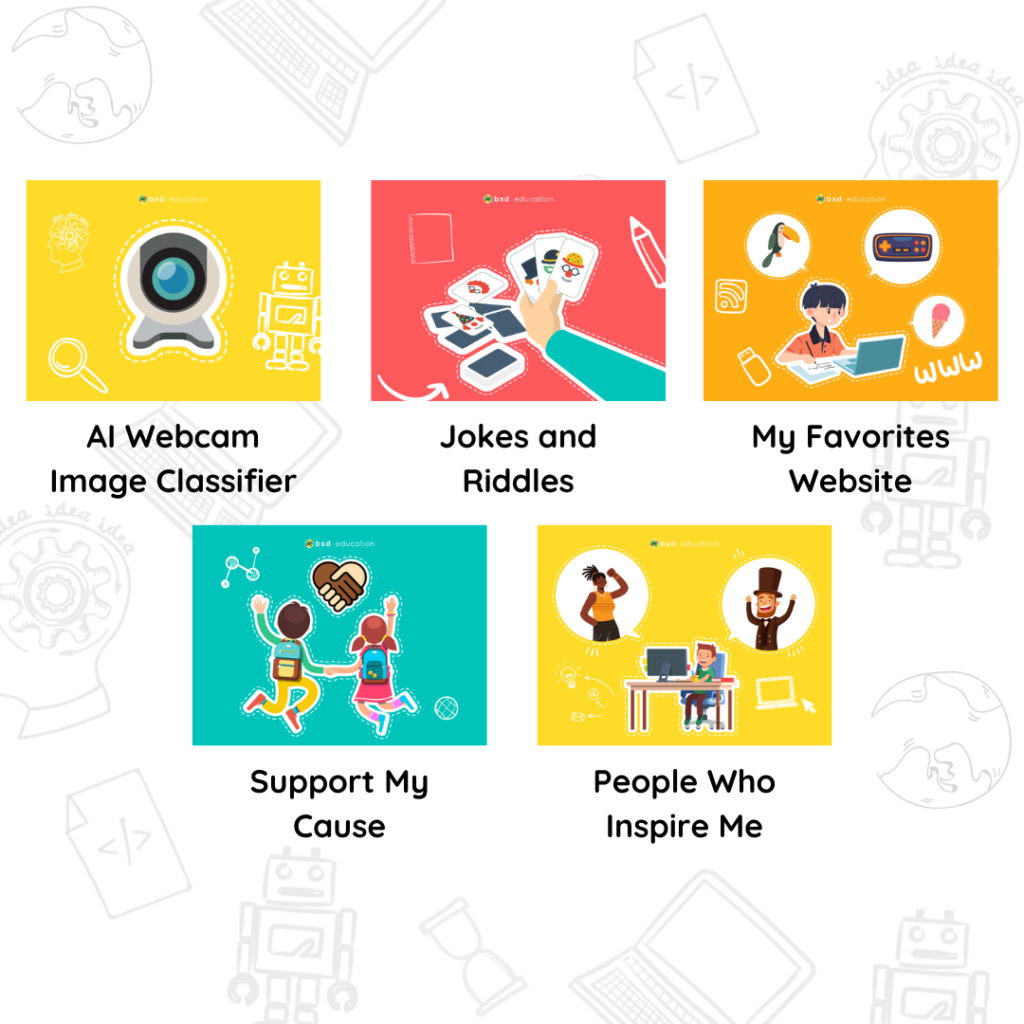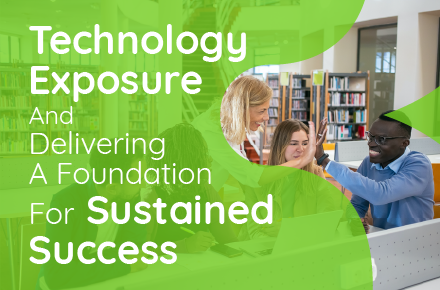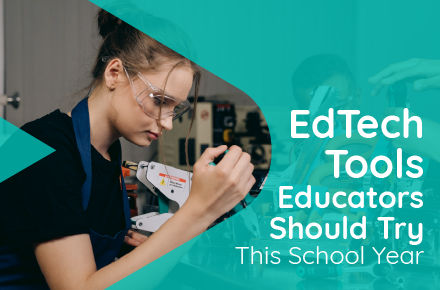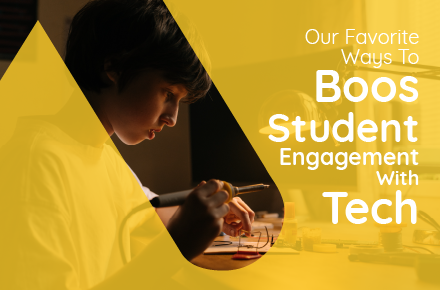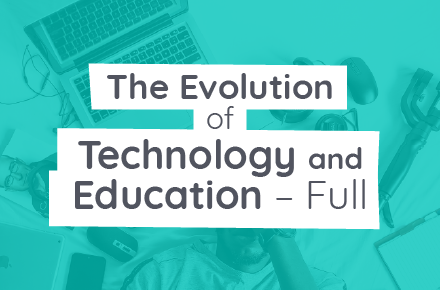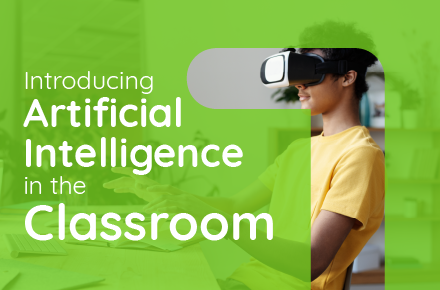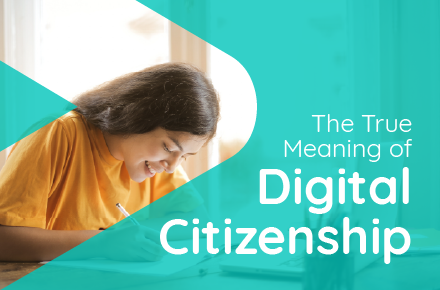Technology has become ubiquitous and intrinsic to every aspect of life. However, rather than the demands of what we need to create, it is the impact of what has been created that is driving change. Automation is the singularly most defining influence of technology in the workforce moving forward over the next 50 years. In this article I am not going to further define the potential stages of automation and its relationship with the evolution of machine intelligence and beyond. Simply put, automation is the means through which roles traditionally undertaken by humans have the potential to be replaced by technology. In theory, we will have the technological capability to replace all roles, but this is diminished in terms of both time and realization when you simultaneously consider implementation and validation, economics, and socio-political considerations.
What we are seeing now and will continue to witness in the coming decade is that automation is replacing the most sequenceable and repetitive tasks and is therefore changing the relationship of the person doing that job with their industry. This means that if the person does not evolve their skill set, then their value to the economy is diminished.
At the same time, we are seeing that roles requiring significant managerial, judgement and interpretation capacities are furthest from the sphere of automation so in essence are becoming increasingly valued. The breadth of data interpretation and implementation of technology that has to be overseen and led at a managerial level is, however, dramatically increasing the necessary digital skill set requirements of this group.
Existing roles in the workplace, having been pushed up and down have left behind a need for workers to take on enhanced roles with different skill sets. My illustrative situation here is a manual laborer, previously working on a production line whose manual role has been replaced by a robot. The laborer, however, has a wealth of experience as to how the production line works and how different issues that occur on the production line will have an interdependent effect on other areas of the production process. The laborer now oversees a group of machines that do his / her former role monitoring data and information, making adjustments to production and communicating with the humans in other parts of the process to be aware that all the machines are operating in the optimal fashion to facilitate production.
Whilst the laborer’s work is still based upon the knowledge of production, the skills through which the laborer now works involve data analysis and interpretation, critical thinking, and communication and collaboration with coworkers. This example is deliberately simple in this situation in reference to a single laborer. As we progress up the scale of seniority in companies, we will find that the range of technical capabilities held by an individual or understood by and individual as being present within their broader team will become increasingly demanding.
Aligning to this, McKinsey’s study from May 2018 illustrated the effect that skill shifts will have in the way that people use skills during their working time.
So what does all of this mean for schools and broader educational institutions in their capacity as organisations that contribute pivotally in preparing people to join the world of work? It means that the development of social and emotional skills and technology skills is a critical part of learning for students. It is simply not possible to continue to consider that educational needs of people are being met where traditional systems of education are failing to prepare students with technology and social emotional readiness as a forefront consideration in the ongoing development of educational programs.
Considering the real world implementation of these skill sets as illustrated above, where educational institutions focus on implementing educational technology and technology education programs across schools they should be doing it with the development of “digital skills” in mind. So what does this mean?
I see digital skills as a more broadly defined skill set than hard technology skills alone encompassing technical skills, soft skills and values in a combined model as below. The world of technology is colossal and evolving quickly and is therefore becoming exponentially more complex than an individual can grasp on an ongoing basis by themselves. The technical skills a student learns at schools won’t be the same required 20 years into their careers which is why it is important to focus on transferable skills and values.
It is really important that educators allow a range of experiences for learners to find the area of technology that is their strength and their passion, something that they will have a willingness to follow, be curious about and learn resiliently for the rest of their lives as it continually evolves. At the same time, developing the empathy to recognise the strengths in others that students can collaborate with, and valuing where they cover the gaps in what students themselves lack will be critical to be adaptable to challenges that arise.
It is important to note here that there really isn’t a right answer when it comes to selecting particular technologies like programming languages or software a learner will be exposed to. There are always a number of technologies available, the merits of which can be argued for or against. What I have recognized in observing what students achieve and how they apply what they have learned around the world is that the ability to create content, understand design and user experience, and analyze and interpret data really become the key abilities that are most critical to nurture.
My final comment on the evolving role of technology education revolves around the planning of the learning journey. So much of digital skills education is implemented on a piecemeal basis – short activities off the shelf without progression or interdisciplinary relationships properly considered. This would not be the case in the teaching and learning of mathematics or science and so should not be the case for digital skills. It does pose a greater challenge to educators as an area of learning that is not as well understood as the learning of more traditional subjects and enquiries. However, given that the world of work will not wait, technology is evolving ever faster and not to become any simpler, the longer that such effort is delayed and addressed, the higher the mountain to climb will become.
Whether introducing a young child to learning with and about technology for the first time, or re-skilling an adult learner, you must initially build confidence and self-awareness. I refer to this as the “primary” phase, although it is age agnostic, as all learners are generally coming to the learning of digital skills for the first time. This is the phase to experiment and discover interests, as broad a range of applications of technology as possible and a tool kit of projects that the learner is confident and able to re-use regularly.
The second, “middle” phase is the time to deepen understanding of both the learner’s own skills and abilities that have become most refined and interesting, as well as those of the peer group around them. It is notable that for community based learners, the library commons movement is promoting the capability of library spaces as enablers of circulation of individuals within them. The practice of networking amongst people is an excellent key to communication.
The final phase, that I call the “higher” phase, is really the point in learning at which the portfolio of work begins to turn towards demonstrating capability in relation to real or fictitious scenarios of the world of work.
As digital skills are largely uncertified and untested, they are most effectively demonstrated by sharing what you can create within a portfolio of work. This gives everyone an incredible opportunity to show their skills as value is placed on what you can do rather than where the skills were learned or how the person performed on one test.
Technology is driving the changing state of the workforce and the skill shifts across industries that are accompanying this. The change is already here which should compel educational systems to robustly and immediately implement digital skills learning that will prepare people at all career stages to be successful because of change not incase of it.
Whilst job automation might appear daunting, and will certainly require adaptation at all levels, it by no means tolls a deathly bell for humans in the workforce. Economically and socially, countries need the humans and the machines producing side by side.
The learning process for digital skills requires reflection on, understanding of, and empathy for others. The judgements, considerations and interactions that define us most strongly and clearly as humans are what will most enduringly be of greatest value to us in an automated world. So perhaps in light of all of this, the greatest impact of technology in both the world of work and of education will eventually simply be to make us focus on and value what it is that makes us most human after all.


